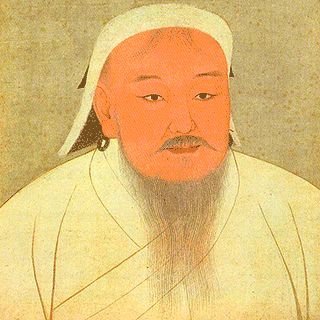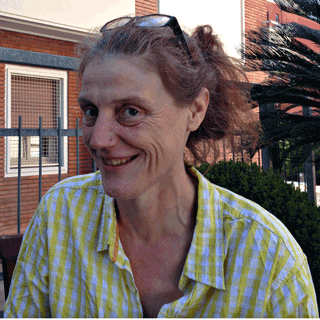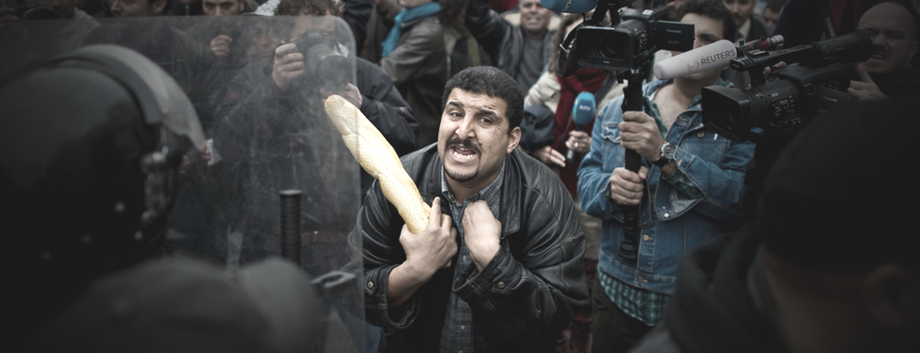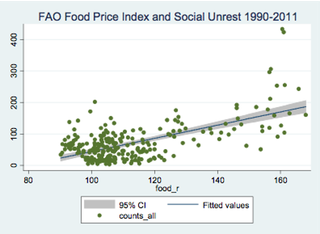
Podcast: Play in new window | Download (Duration: 16:32 — 22.8MB)
Subscribe: Google Podcasts | Spotify | Android | RSS | More
 The growing popularity of “Mongolian” restaurants owes less to Mongolian food and more to, er, how shall we say, marketing. To whit:
The growing popularity of “Mongolian” restaurants owes less to Mongolian food and more to, er, how shall we say, marketing. To whit:
“It’s actually not a cuisine, but an INTERACTIVE style of exhibition cooking modeled after a centuries-old legend. According to this legend, 12th century Mongol warriors, led by the mighty warrior, GENGHIS KHAN heated their shields over open fires to grill food in the fields of battle!”
The question of what the Mongols under Genghis Khan actually ate, however, is really rather interesting. In particular, did conquering that vast empire change their diet in any way? Jack Fenner and his Mongolian colleagues Dashtseveg Tumen and Dorjpurev Khatanbaatar analysed bones from three different cemeteries, representing Mongol elites, Mongol commoners and Bronze-age people from the same area, looking for differences in what they ate. They found some, but interpretation remains difficult.
I didn’t think to ask Jack about using a shield as a wok.
Notes
- Read Food fit for a Khan: stable isotope analysis of the elite Mongol Empire cemetery at Tavan Tolgoi, Mongolia if you have access to the Journal of Archaeological Science.
- There is also an accessible write-up at the Bones don’t lie website.
- I don’t plan to visit the Genghis Grill, although I’m happy enough to plunder their advertising copy. And to point out that the mighty warrior didn’t become Genghis Khan until the 13th century.
- Images from Michael Chu, Dave Gray and Wikimedia.
- Music by Chad Crouch, aka Podington Bear.
- This show is a week late; apologies. There’s a sort of explanation at my other website, which also provides hints of shows to come.
- Plus, an explanation of what Flattr is all about, and why I think you should flattr me and other content creators.

 A Dutch food writer tries to discover the origins of pom, the national dish of Suriname. Is it Creole, based on the foodways of Africans enslaved to work the sugar plantations of Surinam? Or is it Jewish, brought to Suriname by Dutch Jews?
A Dutch food writer tries to discover the origins of pom, the national dish of Suriname. Is it Creole, based on the foodways of Africans enslaved to work the sugar plantations of Surinam? Or is it Jewish, brought to Suriname by Dutch Jews? 
 It is quite amazing how popular food tours and cooking classes are in Italy. When in Rome, many people seem to want to eat, and cook, like a Roman. Well, not entirely, and not like some Romans. I spoke to Francesca Flore, who offers both tours and cooking classes, and she reserved some choice words for those quintessential Roman dishes based on the famous quinto quarto, the fifth quarter of the carcass. Or, less obtusely, offal.
It is quite amazing how popular food tours and cooking classes are in Italy. When in Rome, many people seem to want to eat, and cook, like a Roman. Well, not entirely, and not like some Romans. I spoke to Francesca Flore, who offers both tours and cooking classes, and she reserved some choice words for those quintessential Roman dishes based on the famous quinto quarto, the fifth quarter of the carcass. Or, less obtusely, offal.
 This episode of Eat This Podcast is something of a departure. With nothing in the pantry, so to speak, I had to make something with what I had: myself. So I hooked myself up to the audio recorder and went about some of my customary weekend cooking, muttering out loud about what I was doing and offering some reflections on my attitude to food and cooking. I hope the result sheds some light on where I’m coming from. Normal service will be resumed next episode.
This episode of Eat This Podcast is something of a departure. With nothing in the pantry, so to speak, I had to make something with what I had: myself. So I hooked myself up to the audio recorder and went about some of my customary weekend cooking, muttering out loud about what I was doing and offering some reflections on my attitude to food and cooking. I hope the result sheds some light on where I’m coming from. Normal service will be resumed next episode.
 “If you can tell your story with a graph or picture, do so,” says Marc Bellemare, my first guest in this episode. The picture on the left is one of his: “a graph that essentially tells you the whole story in one simple, self-explanatory picture.” Yes indeed, social unrest is caused by higher food prices. ((Yes, caused; this is no mere correlation.)) I could leave it at that, along with a link to the paper from which I lifted the picture. But this is a podcast. I have to talk to people, and that includes Marc Bellemare.
“If you can tell your story with a graph or picture, do so,” says Marc Bellemare, my first guest in this episode. The picture on the left is one of his: “a graph that essentially tells you the whole story in one simple, self-explanatory picture.” Yes indeed, social unrest is caused by higher food prices. ((Yes, caused; this is no mere correlation.)) I could leave it at that, along with a link to the paper from which I lifted the picture. But this is a podcast. I have to talk to people, and that includes Marc Bellemare.